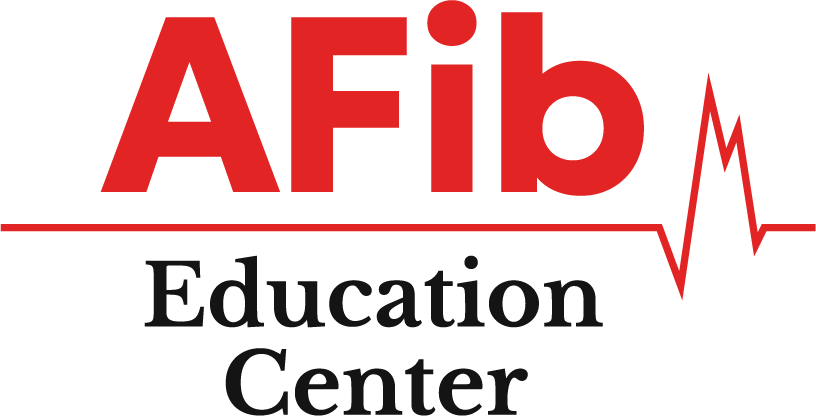What Causes Atrial Fibrillation?
Atrial fibrillation (AFib) is a heart condition characterized by irregular and often rapid heartbeats due to abnormal electrical signals in the heart. Aging is the primary cause, leading to structural changes in the heart over time, particularly in the left atrium where AFib cells can develop and disrupt normal heart rhythm.
Factors Contributing to Atrial Fibrillation:
- Aging: The prevalence of AFib increases significantly with age:
- 50s: 3%
- 60s: 7%
- 70s: 12%
- 80s: 15-20%
- 90s: ~30%
- High Blood Pressure: Poorly managed hypertension can stretch the left atrium, promoting AFib cell development.
- Sleep Apnea: Places additional stress on the left atrium, increasing AFib risk.
- Mitral Valve Disease: Conditions like mitral stenosis or regurgitation can elevate pressure in the left atrium, contributing to AFib.
- Diabetes: Causes inflammation that can affect the heart, promoting AFib.
- High Cholesterol: Leads to heart inflammation, contributing to AFib development.
- Obesity: Excess weight strains the heart, accelerating AFib.
- Sedentary Lifestyle: Lack of physical activity increases AFib risk and heart health issues.
Key Points Covered
- Primary Cause: AFib primarily results from aging and changes in heart structure.
- Contributing Factors: High blood pressure, sleep apnea, mitral valve disease, diabetes, high cholesterol, obesity, and sedentary lifestyle can accelerate AFib development.
- Prevention and Management: Regular monitoring and control of contributing factors, healthy lifestyle choices, and regular health check-ups are crucial in managing AFib risk and improving heart health.
Understanding these causes empowers individuals to take proactive steps in managing AFib risk and promoting heart health as they age.
